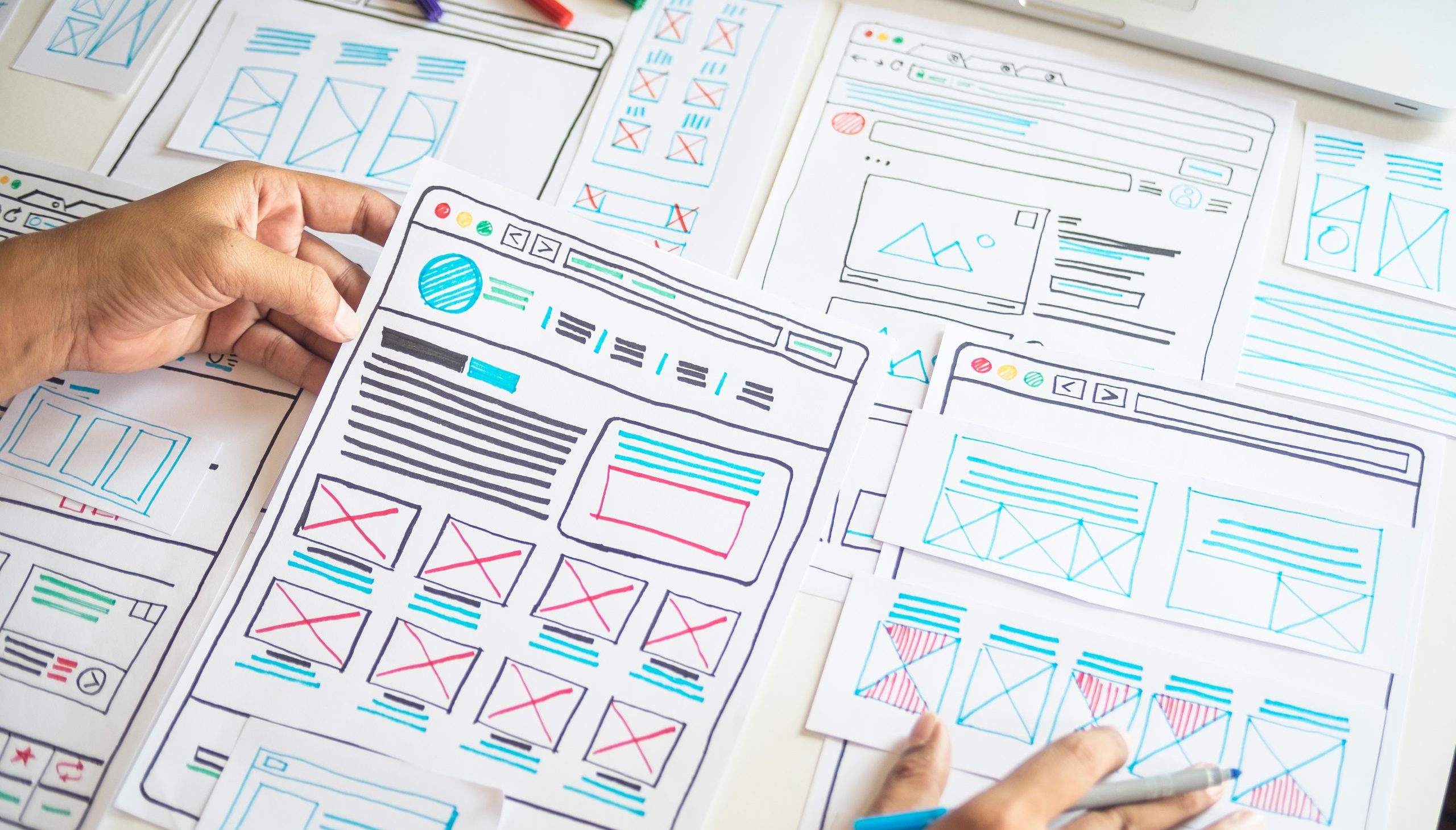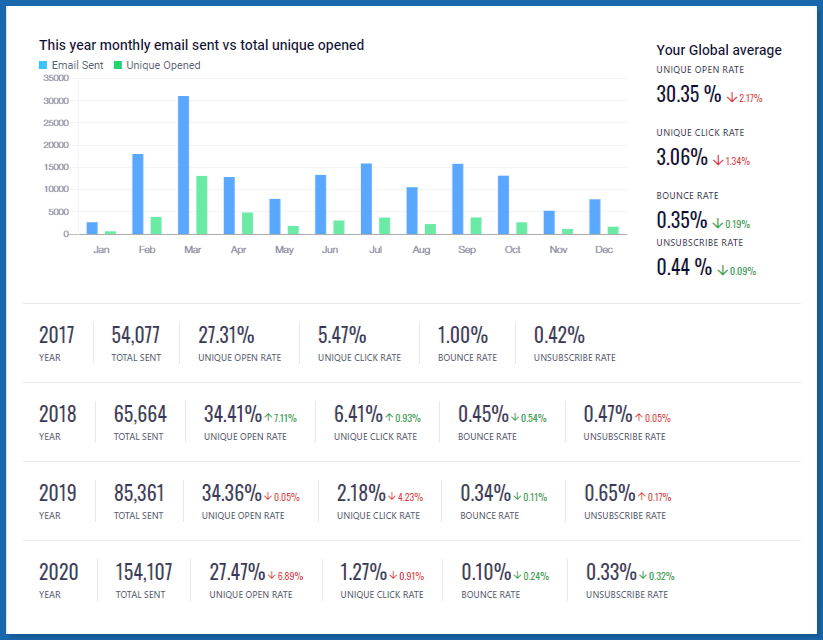When Website Design Starts to Matter More Than You Think
You don’t always realize a website’s design is messing with your sales until it’s already too late. People land on your site. Scroll. Maybe click once. Then vanish. No goodbye, no “Hey, this was confusing,” just… gone. And the weird part? It usually has nothing to do with your product. It’s the website design. The feel of it. What it says without saying anything at all.
You Can Feel Bad Design Before You See It
Like walking into a store with flickering lights and a weird smell. You don’t analyze it—you just want out. A janky layout or slow page does the same thing. People bounce before they even know why. Website design makes those first few seconds feel warm… or awkward.
Website Design Isn’t Just Where Stuff Goes
It’s how people move through it. Menus that make sense without thinking. Buttons where you expect them. A flow that feels obvious—but only after it’s working. If someone lands on your homepage and has to stop to figure it out, you’ve already lost them. And here’s the kicker—they’ll think it’s their fault. But they’ll still leave.
Pretty Isn’t the Point
Sure, visuals matter. But not in the way people think. Good website design isn’t about “looking good.” It’s about trust. It’s about someone subconsciously thinking, These people know what they’re doing. Spacing. Fonts. Color. It all adds up to a quiet kind of credibility. You don’t need to wow people. You just need to not freak them out.
Mobile Design Is the Real First Impression
No one pinches and zooms anymore. They just give up. If your site doesn’t work on mobile—if it takes too long to load or the text shrinks down to microscopic size—then yeah, that’s it. You’re invisible. Website design today starts with phones, not desktops. We all know it, but it’s wild how many sites still feel like they forgot.
CTAs Should Feel Like a Nudge, Not a Shout
Ever click a button and immediately regret it? People don’t like feeling trapped. “Learn more” or “Let’s talk” feels way better than “BUY NOW” in blinking red. Website design includes tone, too. Sometimes it’s just about the vibe of a button.
Slow Sites Feel Like Being Ignored
This one hits close. Ever stare at a spinning page and think, Why am I even doing this? We all bounce from slow sites. Not out of rage—just impatience. We tell ourselves we’ll come back later. We don’t. Fast website design isn’t just technical—it’s respectful.
SEO Is Baked In, Not Bolted On
People think SEO happens after a site is built. It doesn’t. The way your website design is structured—headings, tags, internal links, even image names—it all speaks to search engines. And to people. Good SEO feels invisible. Bad SEO feels like a brochure someone stuffed with keywords in the margins. You’ve seen those. So has Google.
People Believe People, Not Headlines
Slap a glowing review right where someone’s hesitating, and suddenly, they breathe easier. Social proof isn’t about bragging. It’s about reminding a potential buyer that someone else already made this leap—and it worked out. Good website design makes space for those moments. Real faces. Real quotes. Nothing overproduced. It just… feels more honest that way.

Nobody Wants to Enter Their Credit Card on a Sketchy Site
It doesn’t matter how good your product is. If your checkout page looks like it hasn’t been touched since 2011, people will bail. A single security badge or HTTPS lock icon can mean the difference between a sale and a ghost. Design speaks even louder when money’s involved.
You Can’t Fix What You’re Not Watching
This part’s not fun, but it’s true: the site you launched last year might already be working against you. Analytics don’t tell stories—they hint at them. A heatmap showing people clicking a dead image. A page with a 90% bounce rate. A CTA nobody touches. Website design should evolve. Otherwise, it’s just a snapshot of who your business used to be.
A Finished Website Is Just a Starting Line
The best sites are the ones that feel… recent. Not just updated, but alive. Even little stuff—rewording a headline, changing a background photo—signals to visitors that someone’s paying attention. Static website design says, “We built this once.” Evolving website design says, “We’re still here.”
So… Does Website Design Really Affect Sales?
Yes. In all the ways that are hard to measure and even harder to fake. It’s the gut feeling someone gets when your site loads. It’s whether they trust you before reading a single sentence. It’s the difference between maybe later and let’s go. So if you’re thinking of a redesign, you’re not being superficial. You’re being strategic. Because in the quiet space between curiosity and conversion… website design does the talking.




